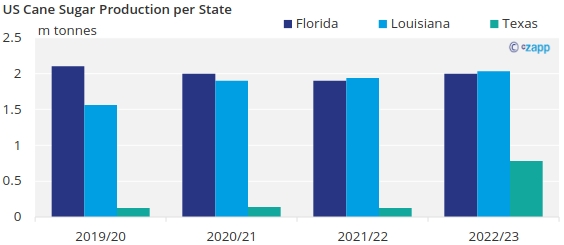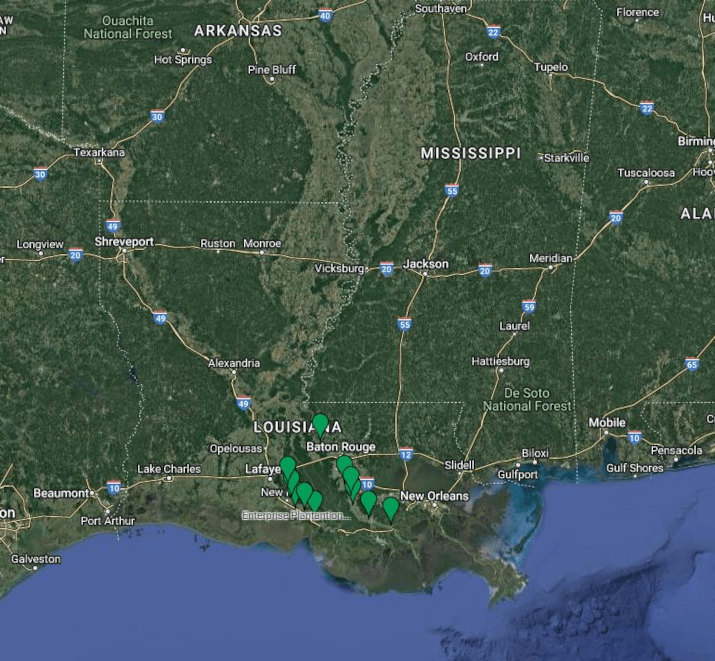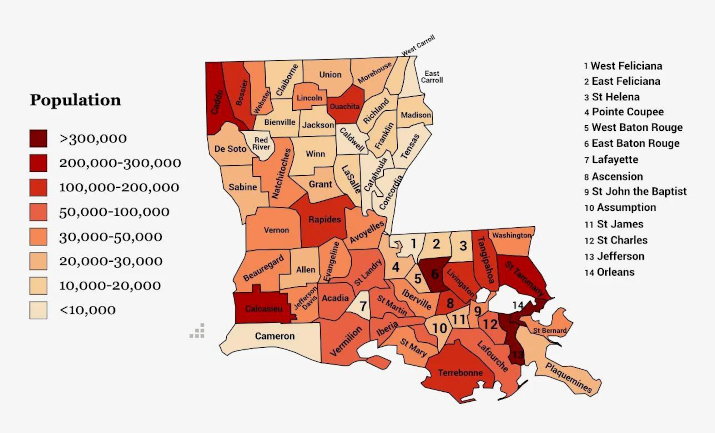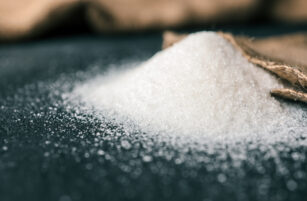Insight Focus
- Louisiana is the largest American cane sugar-producing state.
- There are around 450 cane farmers in the state.
- Louisiana sugar industry has lost around 1000 to 2000 acres of land to solar farms.
The United States produces around 9m tonnes of sugar per year. Around 5m tonnes of that production comes from beet sugar, while the remaining 4m tonnes of sugar comes from cane sugar. Louisiana is the largest cane sugar-producing state, at around 2m tonnes of sugar in the past three seasons. Florida is the next largest state producer in the United States, followed by Texas.

Louisiana Sugar Industry
There are 11 sugar mills in the state of Louisiana. These mills buy cane from farmers throughout the state of Louisiana.

There are around 450 cane farmers in the state. Most of the farms vary in size between 1,000 to 10,000 acres. Families have run most farms for decades, but usually don’t own the land and instead rent it from absentee landlords.
Solar Taking Acreage Away from Cane
In the past few years, the Louisiana sugar industry has lost around 1000 to 2000 acres of land to solar farms. Cane saw its acreage lost to solar farms in the West Baton Rouge parish.
The total cane acreage in Louisiana is around 500k acres. The 1000-2000 acres of land may not seem like a lot, but the land lost in the West Baton Rouge Parish and other areas where Solar is expanding is considered fertile and “prime” land. Cane area is also barely expanding in the state If the solar industry continues to grow in the region, it can complicate the cane supply to the local mills.
Absentee landlords rent their land for solar instead of cane since it can bring them better returns. Many farming experts in the region expect more cane acreage to be lost to solar farms. An estimated 80% of the population lives in the state’s southern area. Most of the cane production in the state is also in the south. Energy needs to be generated near to where people live to lower infrastructure costs and for easier logistics. Therefore, it makes sense for energy stakeholders to continue to invest in the cane-producing part of the region, but not without controversy. Louisiana gubernatorial candidates will debate this issue in the upcoming election in October.
Louisiana Population Density Map

Source: Louisiana State Department














